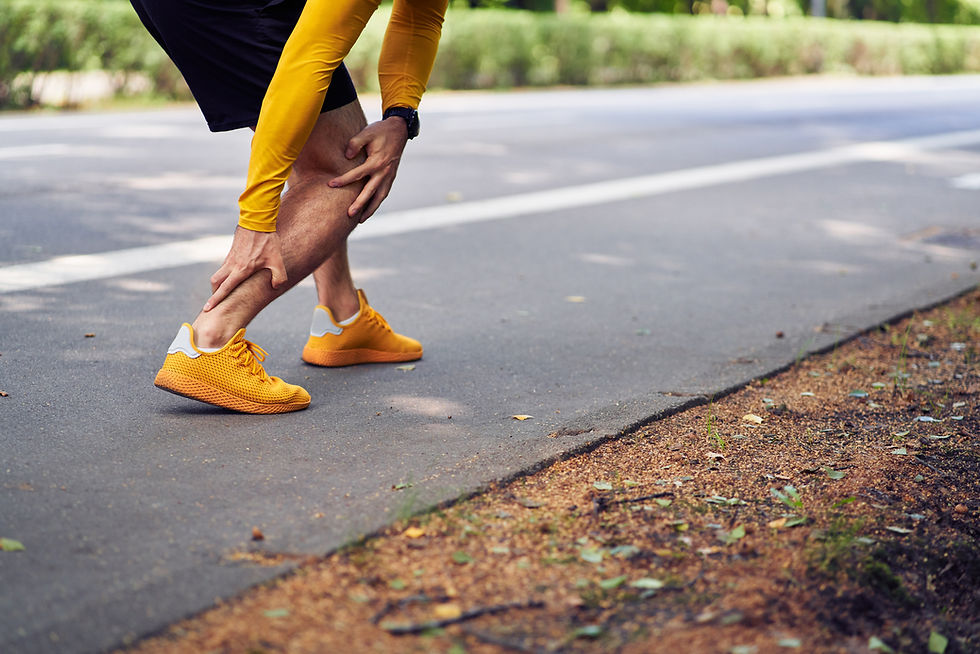Warm ups are not just light stretching anymore!
- Kevin Ryan, MPT
- Apr 3, 2018
- 3 min read

One of the best ways to prevent injury in any activity is to properly warm-up before participation. Many of us have good intentions to get to the field early, do a proper warm-up, and then play. The reality is we end up racing to the field, get there just in time for the game, and play. We think that taking it easy for the first few minutes will suffice as a warm-up. The reality is that only a comprehensive warm up can prevent injuries. There has been growing research about the correct type of exercises to do to warm up and how. Stretching used to be the best warm up until it wasn’t. Foam rolling is a popular warm up as well as light cardio work. Although these activities increase ROM or joint mobility they do not sufficiently hold up to a dynamic warm up in testing. Some of the research studies have shown as much as 30-40% reduction in lower body injuries when using a proper warm up routine. Overall there are a few key ideas when trying to figure out the best warm up routine prior to your sport or activity.
Multidirectional jogging. – Start with light jogging building slowly in speed and direction. Move forward, backward, and side to side. Tyr to add some diagonal running either forward, backward or both.
Single leg balance activities—As mentioned in earlier posts, single leg balance exercises are superb at creating neuromuscular pathways used in sport. Practicing leg swings, mini squats, upper body actions or even just head turns while standing on one leg will begin to warm up the muscles and proprioceptive properties required for dynamic movements on the field. **Personally I like head turn variations for both light jogging and single leg balance because when you play a sport you are not always looking in the same direction that your body is facing.
Light plyometrics—Light jumping in all directions on two feet and one foot help to prepare the body for the ground reaction forces and remind the legs and trunk about landing postures. The key to jumping whether on one foot or two is to be sure that you practice good lifting and landing techniques. Be sure to keep your knees in mid-line and limit collapsing at the hip or knee. Once you are sure your technique is good jumping forward, back or sideways on one foot or two should be part of your warm up.
Stretching—I prefer dynamic stretching, but there is nothing that states that all static stretching is bad. Areas to target are the quads, hamstrings, hip rotators, calves, and trunk with your stretching.
Core stability—just adding a few planks or side planks even alternating legs to increased hip extensibility can help facilitate muscle firing and has become a mainstay of most professional warm up routines.
A warmup as described does not have to be a workout. It should just be a few minutes of each thing to totaling somewhere between 10 -15 min before activity to significantly reduce risk of injury to the back, knees, hips, ankles, and more. For examples of particularly exercises to do, for evaluation of your jumping/landing techniques or for more information visit us at Five Star Sports Rehab and Physical Therapy at www.fivestarpt.com or Teamworks Sports Performance at www.teamworkssp.com
.




Comments